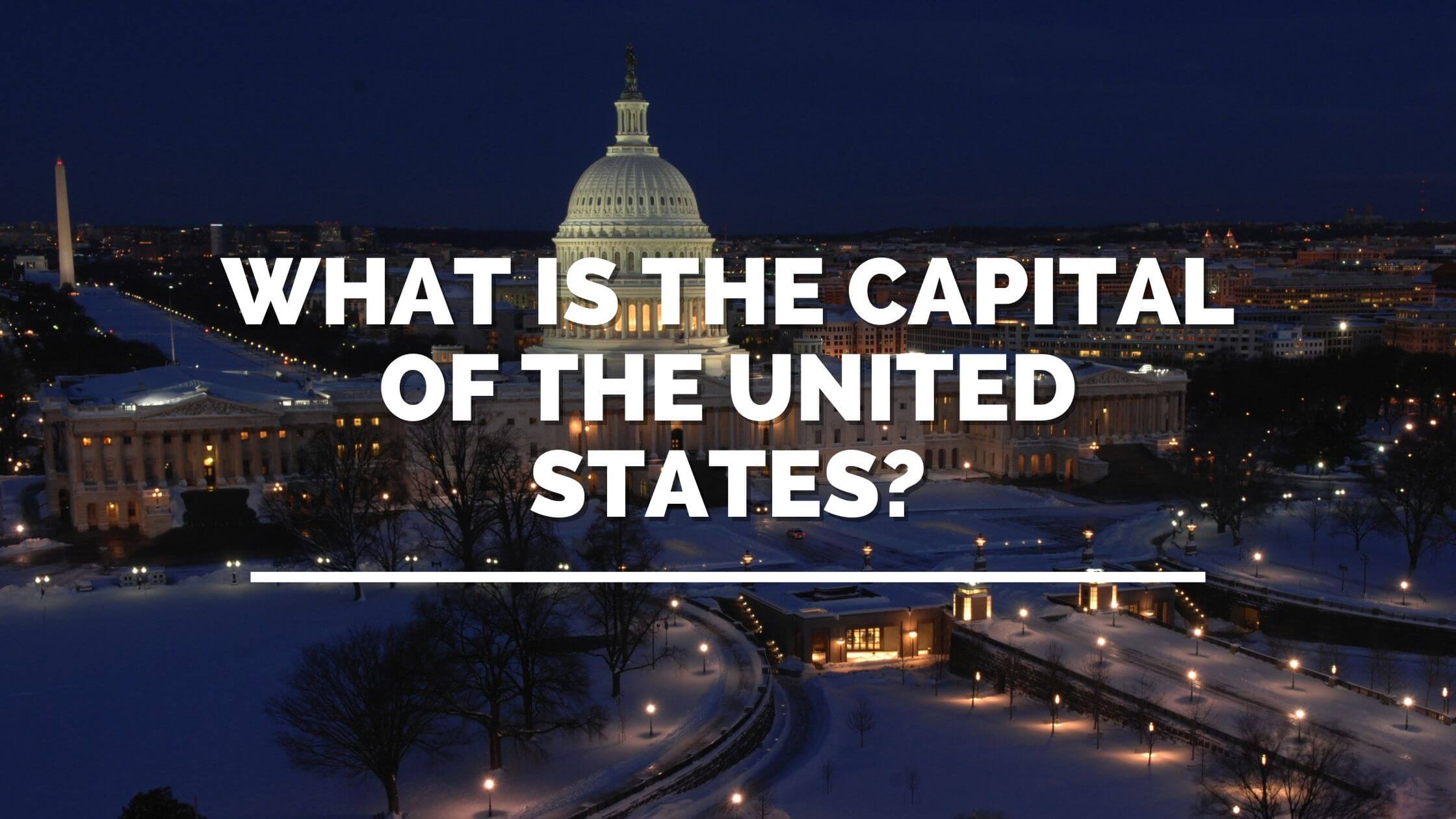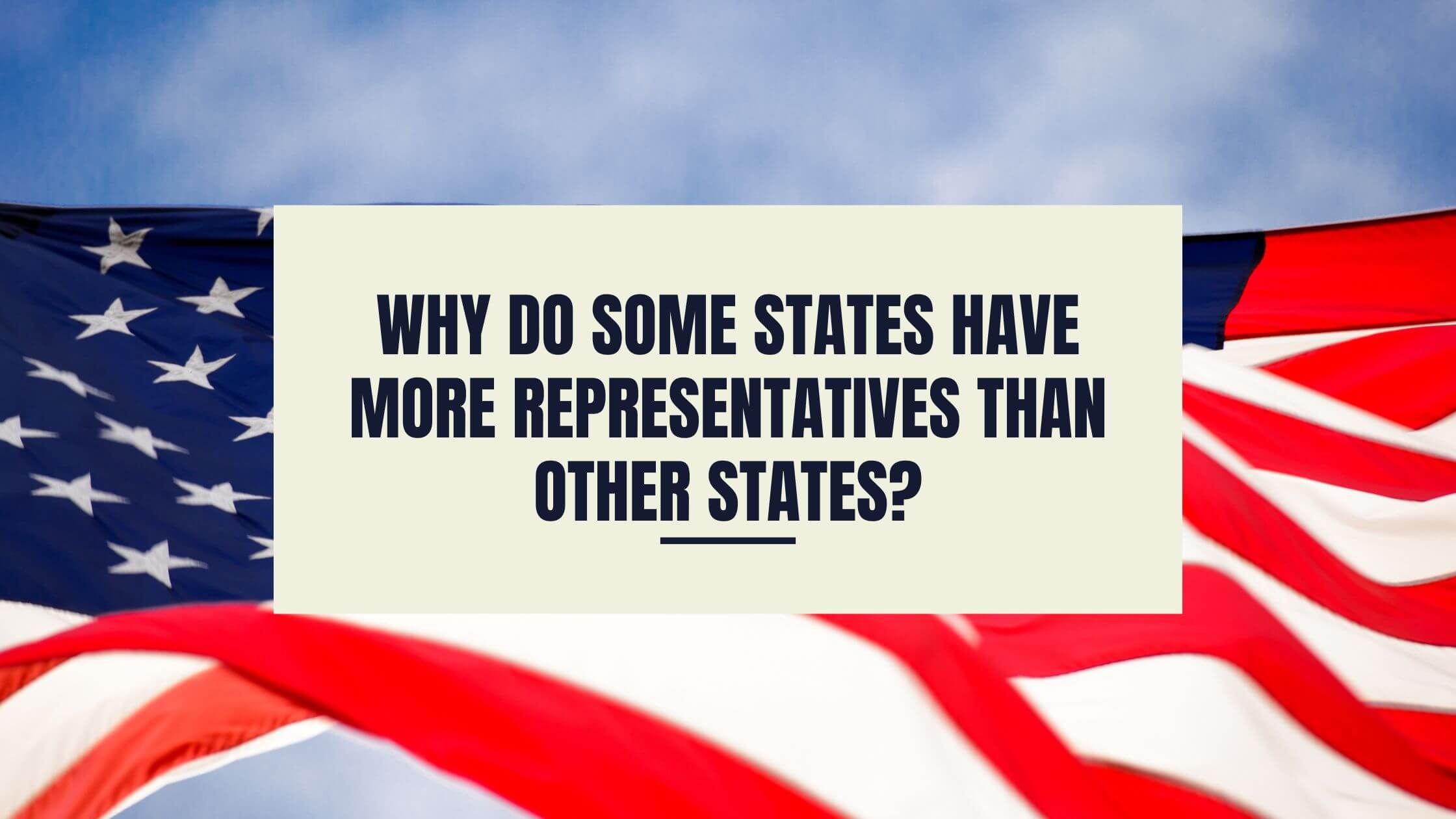Table of Contents
ToggleThe capital city of the United States is Washington, D.C.
Washington – the capital for over 200 years
Washington has been the nation’s capital for over 200 years following its founding in 1790. However, it is far from the only capital the United States has seen.
It is also not uncommon for people to mistakenly assume that other cities are the capital.
To better understand Washington’s place in history, we need to know more about the Compromise of 1790, the role of Philadelphia, and why people talk about the nine capitals of the United States.
Was Philadelphia Ever the Capital of the United States?
Because Washington, D.C., only became the official capital of the United States in 1800, there must have been some other location that held the title for a while.
There are two sides to this story.
It is important to recognize Philadelphia as a former capital of the United States, even if this role was short-lived compared to Washington D.C.
Also, we shouldn’t forget that the “nomadic capital” saw business occur across nine locations.
Philadelphia was an important location in creating the United States and has a proud history. It is home to the Liberty Bell and Independence Hall, which held many important conferences and document signings.
During the time of the Articles of Confederation, the Continental Congress met in the city in 1783, and this was chosen as the meeting place for the Constitutional Convention.
There, delegates from twelve of the thirteen states came to draw up amendments to the Articles of Confederation, resulting in the creation of the all-new Constitution.
The Nine Capitals of the United States
Throughout American history, nine cities can claim to have played a role as capital to some degree. The First Continental Congress was in Philadelphia in 1774, while the Second Continental Congress met at a broader range of locations.
They included Philadelphia, Baltimore, Lancaster, and York.
Then between 1781 and 1788, there were necessary stops in Princeton, Annapolis, Trenton, and New York City.
This is why some historians speak of the nomadic capital.
Finally, a permanent site was created in 1790.
Effects of the Revolutionary War on the Capital City
The need to move around became commonplace during the Revolutionary War when the fixed capital of Philadelphia was no longer considered secure.
For example, leaders fled to nearby Lancaster in September 1777 for safety and met in its county courthouse.
Annapolis saw some important historical events, such as the resignation of Washington as commander-in-chief of the Continental Army and the ratification of the Treaty of Paris in 1784.
Annapolis then became an interim capital, and the location may have favored the southern states as a potential permanent site. The courthouse there still stands today.
| City | State | Start Date | End Date |
|---|---|---|---|
| New York City | New York | April 30, 1789 | December 5, 1790 |
| Philadelphia | Pennsylvania | December 6, 1790 | December 14, 1800 |
| Washington D.C. | District of Columbia | December 14, 1800 | present |
| Trenton | New Jersey | November 1, 1784 | December 24, 1784 |
| Annapolis | Maryland | November 26, 1783 | August 19, 1784 |
| Baltimore | Maryland | December 20, 1776 | February 27, 1777 |
| Lancaster | Pennsylvania | September 27, 1777 | September 30, 1777 |
| York | Pennsylvania | September 30, 1777 | June 27, 1778 |
| Princeton | New Jersey | June 30, 1783 | November 4, 1783 |
Note: Trenton, Annapolis, Baltimore, Lancaster, York, and Princeton all served as temporary capitals before the establishment of Washington D.C. as the permanent capital in 1800.
New York’s Time As Capital
A few people today unfamiliar with American history and geography may assume that New York is the nation’s capital.
That would certainly make sense regarding its location, population, and history.
It is a leading metropolis home to Wall Street, the UN, Ellis Island, and the Statue of Liberty.
However, aside from witnessing some significant historical moments, it was only a temporary capital.
New York City was the location for the Compromise of 1790 and where George Washington took his oath of office the year before, on April 30th.
Why Was the Capital Permanently Moved to Washington?
Not all those involved in creating the new Constitution wanted the location changed from Philadelphia. However, there were a lot of compromises around this time to get all 13 states on roughly the same page.
The Compromise of 1790 on June 20th saw Alexander Hamilton and other delegates agree to move the nation’s capital further south to appease representatives from southern states.
Secretary of Treasury, Alexander Hamilton, wanted those southern states, such as Virginia to agree to take on some payments of the war debts owed by colonies in the north.
Virginians James Madison and the then Secretary of State, Thomas Jefferson, opposed this, claiming that the South had done its fair share already.

Get Smarter on US News, History, and the Constitution
Join the thousands of fellow patriots who rely on our 5-minute newsletter to stay informed on the key events and trends that shaped our nation's past and continue to shape its present.
The Compromise saw them acquiesce in exchange for the promise of a new capital much closer to the southern states.
Geographically, this made a lot of sense at the time.
A new centralized government should have a permanent location that favored as many states as possible rather than something as far north as Philadelphia or maybe even New York.
Today, the location seems biased to the eastern states, but the nation hadn’t expanded further west by that point.
The Creation of Washington D.C.
George Washington had the final say on the precise location, and the city of Washington was founded not long after the Compromise on July 16th, 1790.
The plan was to carve out a section of land not owned by a single state along the Potomac River.
The move saw land taken from both Maryland and Virginia to create this new district in between. This needed to remain a separate area free from state rule.
This location is why you see so much reference to Washington being built on a swamp. Critics may continue to use this line to highlight the shady side of the capital and the machinations of those that work in the Capitol building. But there is literal truth to it.
An area by the river was drained to build the new city, and there were water contamination issues within the White House for years to come.
More generally, many in Philadelphia and Pennsylvania were against this new proposition for a capital further south.
They had a sound system in place with Congress and the Presidential residences in the area and had proposed locations in nearby Lancaster and Germantown.
But, on June 11th, 1800, power officially shifted to the new city on the Potomac. Since then, the city has grown into the capital we know today.
| Question | Answer |
|---|---|
| What is the capital of the US? | Washington, D.C. |
| Location | East Coast of the United States |
| Founded | July 16, 1790 |
| Area | 68.34 square miles (177.00 km²) |
| Population (2020 estimate) | 712,816 |
| Time zone | Eastern Standard Time (EST) |
| Climate | Humid subtropical climate |
| Nicknames | “The District”, “D.C.” or “The Capital” |











